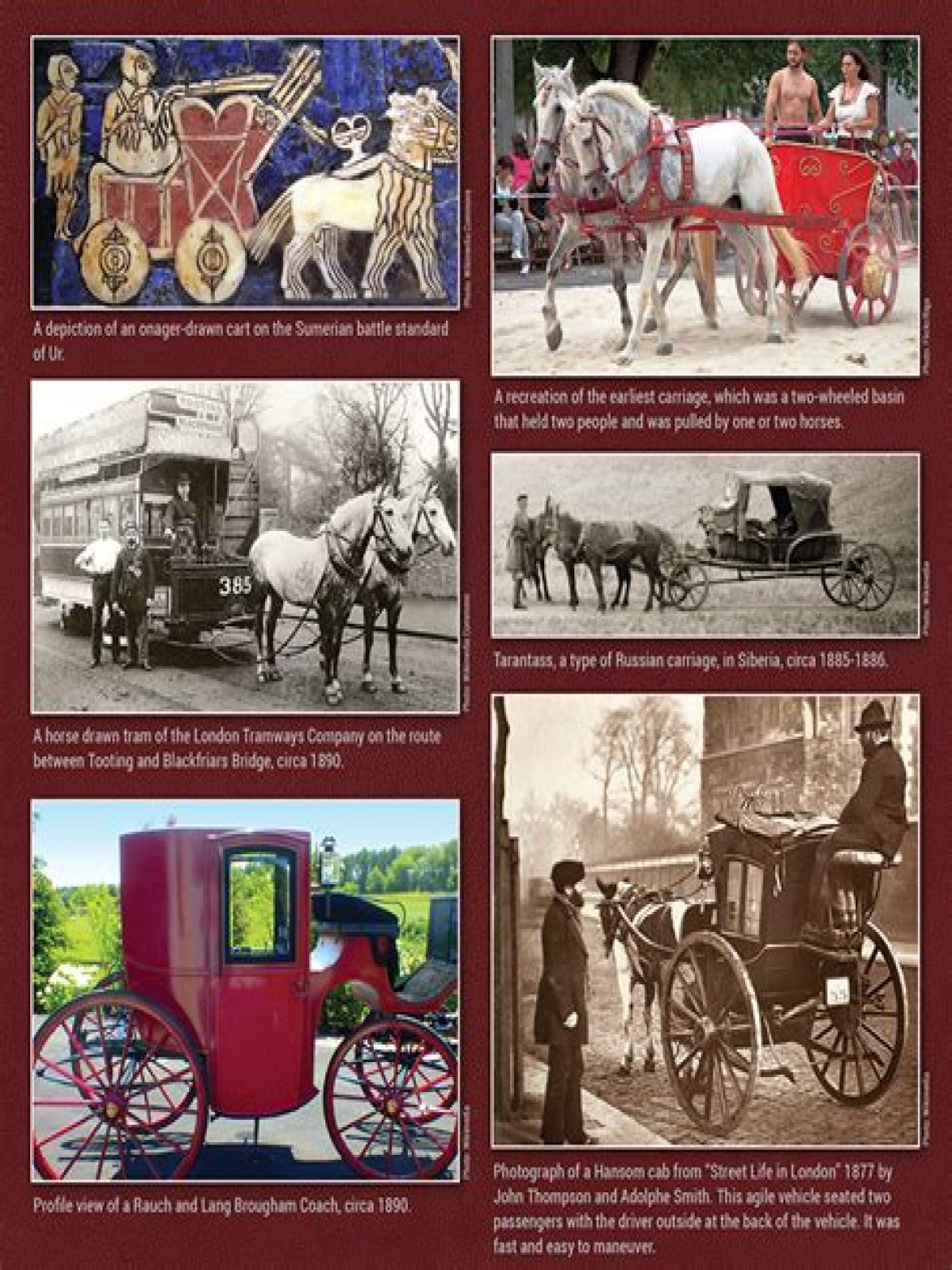Were there carriages in the 1400s?
By the fourteenth century, more luxurious carriages had evolved in England from the four-wheeled wagon, and were used to transport wealthy ladies (the men rode behind).
When was the first carriage invented?
The earliest recorded sort of carriage was the chariot, reaching Mesopotamia as early as 1900 BC. Used typically for warfare by Egyptians, the Near Easterners and Europeans, it was essentially a two-wheeled light basin carrying one or two passengers, drawn by one to two horses.
What was transportation like in the 17th century?
The first vehicle for mass transportation was the public bus, which was introduced in the seventeenth century. It was a horse-drawn vehicle with an enclosed compartment, roof, and rear-hooded seats. The passengers were allowed to sit in either of these spots. Public buses were larger in size.
What transportation was used in 1500s?
1500s Travel was still slow and leisurely. Most people didn’t travel far from home. Those who did walked or took a stagecoach, which traveled through the English countryside at about 2 mph.
What time period had carriages?
The carriage era lasted only a little more than 300 years, from the late seventeenth century until the early twentieth century. For much of that time, only the very wealthiest people could afford to own and maintain their own vehicle.
When did cars overtake horses?
At the turn of the nineteenth century, there were 21 million horses in the U.S. and only about 4,000 automobiles. By 1915, the carriage industry had been decisively overtaken by the automobile industry, but as late as 1935, there were still about 3,000 buggies manufactured each year for use in rural areas.
Who invented carriage?
The earliest form of a “carriage” (from Old Northern French meaning to carry in a vehicle) was the chariot in Mesopotamia around 3,000 BC. It was nothing more than a two-wheeled basin for a couple of people and pulled by one or two horses. It was light and quick and the favoured vehicle for warfare with Egyptians.
What was society like in the 16th and 17th centuries?
htm. The common people in the 16th and 17th centuries was large a rural and illiterate. But their world was not static. The expansion of trade and cities, and the rise of Protestantism introduced for some the opportunities of new wealth and independence.
How did rich people travel in the 1900s?
The narrow winding streets were often crowded with people, horses and carts,with only wealthy people able to travel by private carriage. With only two bridges crossing it, the River Thames itself was a convenient way of getting around. Watermen carried people in small rowing boats called wherries.
What was the transportation in the 1400s?
There were no highways in the 1400’s so transportation was limited to horses and buggies so people had to travel by feet with hand made leather shoes or travel by the caravel ship.
How much did a wagon cost in the 1800s?
It was costly—as much as $1,000 for a family of four. That fee included a wagon at about $100. Usually four or six animals had to pull the wagon.
